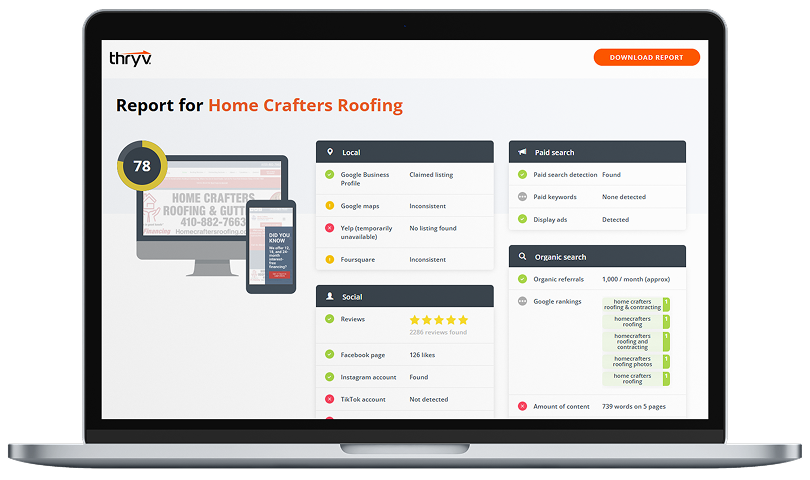Politicians and business leaders alike have been quick to recognize small business as the major driver of the country’s employment hopes during the recovery from the Great Recession. But only recently have studies been undertaken to assess the claim and analyze the data behind it.
The Small Business Administration recently released a report detailing the profile of the small businesses most likely add employees and, according to the Washington Post, the factors that indicate whether a business owner will become an employer.
In a Dec. 16 story at washingtonpost.com, reporter J.D. Harrison described the details of the SBA report, and noted one other important fact: only a small percentage of small businesses create all the new jobs lauded by government and civic leaders. The rest — three of every four small businesses — are one-person operations. The proprietors of such shops are sometimes known in business circles as “solopreneurs.”
SBA researchers set out years ago to determine which solopreneurs are likely to add employees, and found a number of factors common to those entrepreneurs that eventually became employers.
According to Harrison, the study shows that if a small business owner is going to hire, she will do so within two years of launch. Those firms that do not hire within two years are likely to never add employees. The SBA researchers reported data gathered for a Kauffman Foundation review of 5,000 small businesses with no employees undertaken in 2004, in which 51 percent had begun to hire by the end of their second year of operation. But in year three and beyond, the number of firms that transitioned from zero to at least one employee dropped dramatically — to almost none.
The SBA also found that male entrepreneurs are more likely to employ workers than female start-up owners. More than half of men who set up shop — 55 percent — had hire at least one employee within two years, compared to 44 percent of women business owners.
Harrison also noted the racial difference in propensity for hiring found in the study — not between whites and blacks, but between both of those groups, and Asian or Hispanic entrepreneurs. White and black business owners tended to hire at the same rate: 59 percent of whites hired within two years and 58 percent of blacks did the same. But it could be said that both groups paled in expansion ambition compared to Hispanics, 67 percent of whom became employers, and Asian-Americans, who evolved from non-employer to employer at a 70 percent clip.
Interestingly, researchers found no link between business experience or extent of education and the likelihood of becoming an employer.
They did find a strong link between business sector and propensity to hire, however. More than 88 percent of sole proprietor wholesale and transportation businesses evolved to become employers within seven years. Businesses not likely to add employees over the same period included entertainment, food service and financial firms.
Lastly, Harrison wrote that the SBA study showed ownership of certain assets– namely patents and intellectual property — was a strong indicator of whether a business would eventually add employees.
Reference:
Harrison, J.D. “The Science Behind the First Hire: Which Entrepreneurs Become Employers?“; Washington Post. 12/13/13.


